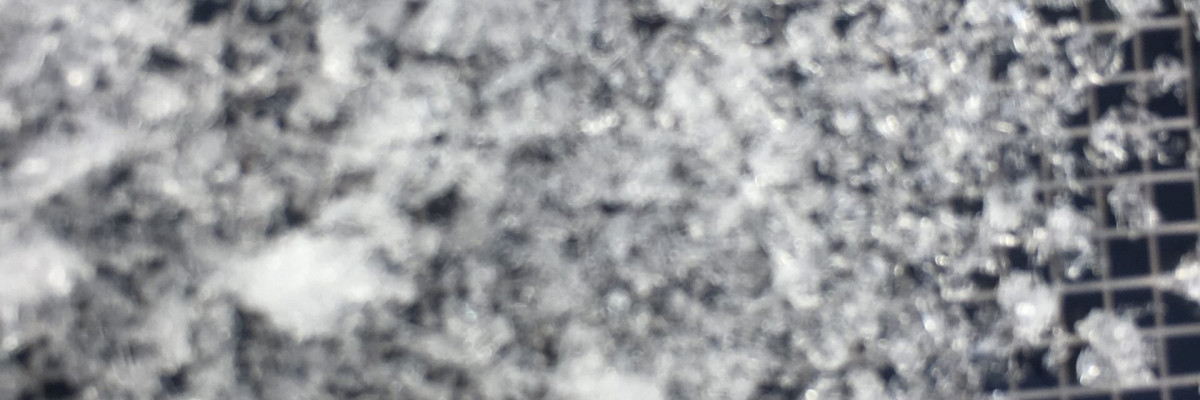An avalanche warning is in effect for the west central Montana backcountry. The avalanche danger is now HIGH on terrain steeper than 30 degrees. Natural avalanches are likely and human triggered avalanches are very likely. Travel in avalanche terrain is not recommended.
Good afternoon, this is Travis Craft, with an avalanche warning for Thursday, December 15, 2016. This avalanche warning will expire at 5:00pm on December 16, 2016. The warning will be extended or terminated at that time.
This information is the responsibility of the Forest Service and does not apply to operating ski areas.
Snow and Weather
With the addition of a large amount of new snow and wind to the poor structure of the snowpack we are issuing an avalanche warning. Travel in avalanche terrain is not recommended.
We will be in the field tomorrow and will continue the warning tomorrow at 5pm or terminate it.
Ski and ride safe.
























